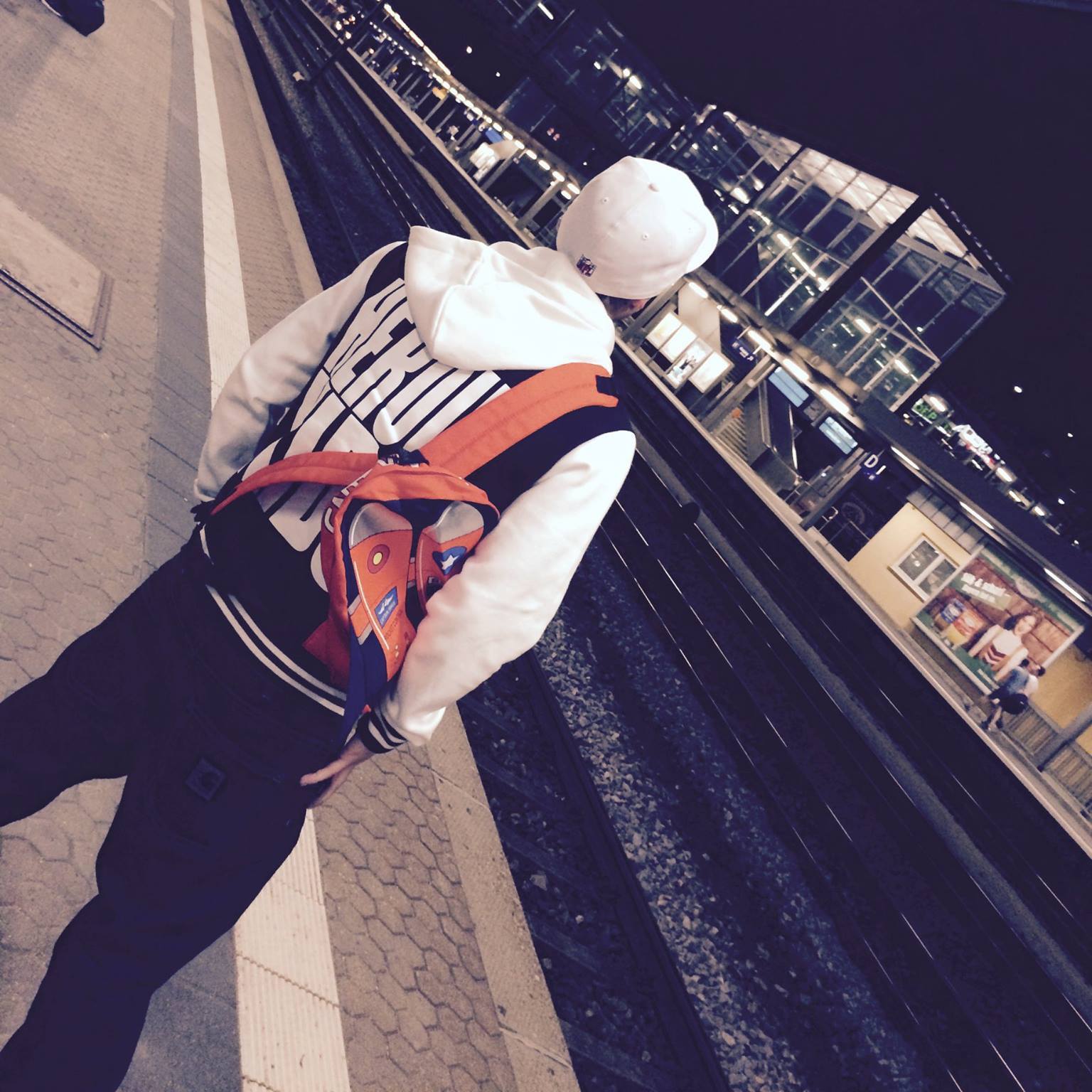Opening of the Alpine Baroque” concert series: Early Baroque in Salzburg Cathedral!
New concert series “Alpenbaroque” combines Alpine culture with early Baroque music in Salzburg Cathedral. Opening on October 16, 2025.

Opening of the Alpine Baroque” concert series: Early Baroque in Salzburg Cathedral!
A new musical era has begun in Salzburg: The Andreas Hofer Society has launched the “Alpenbaroque” concert series, whose subtitle “On Balconies and Galleries” perfectly captures the scenery. The aim is to link the cultural area of the Alps with the music of the 17th century. Robert Schlegl, who opened the event, emphasized the importance of this connection in his welcome and introduced the opening concert in the cathedral, which focused on early baroque sounds.
The “Mozart vocalEnsemble” impressed with 16 singers, who were skillfully divided into two double choirs in order to use the unique spatial sound of the cathedral’s majestic architecture. They were accompanied by the “Capella dell’halla”, which operated under the direction of Jörn Andresen. Historical instruments such as violins, viola da gamba and trumpets provided an authentic sound that took the audience back to the Baroque period.
A look into the past
The musical era of Baroque music, which extends from the beginning of the 17th to the middle of the 18th century, follows Renaissance music and is part of early music. The term “Baroque” has its roots in the Portuguese “barroca” and was only later used to describe this formative era. It is characterized by many important features, such as the figured bass, the emancipation of instrumental music and the development of forms such as suite, fugue and sonata. Important composers of this time include Johann Sebastian Bach and Georg Friedrich Handel. Their works still form the basis of the baroque repertoire today and are very popular, not only among lovers of early music. The concert featured, among others, the works of Georg Muffat and Giovanni Battista Ferrini, who shaped the Baroque period in Salzburg.
Achieving this authentic sound requires a high level of specialist knowledge. Historical performance practice has become increasingly important in recent decades. This not only addresses the revival of the original instruments, which often have to be restored or recreated, but also the performance techniques of the time. Instruments that are rarely used today, such as viols and tines, play a key role. These practices allow artists to perform the music as it was conceived at the time. The preservation and reproduction of historical musical instruments is essential to preserve the character of baroque music and to offer the audience a genuine sound experience.
An experience for all senses
The evening in Salzburg Cathedral not only conveyed the sound of the early Baroque, but also an emotional connection to the music. The characteristic ornamentation and polyphony were recognized by the audience with enthusiastic applause. A musicological symposium that took place in advance with renowned experts such as Univ.-Prof. em. Greta Haenen and MMag. Dr. Eva Neumayr, illuminated the development of polychoral music in Salzburg Cathedral and the connections with historical illustrations that showed the occupancy of the choirs.
Robert Schlegl's initiative to stage the concert series in collaboration with the Andreas Hofer Society, the Archdiocese of Salzburg and the Mozarteum University shows a good knack for cultural networking. Prince Archbishop Wolf Dietrich von Raitenau made a significant contribution to the baroque design of Salzburg in the 17th century, and it seems as if this tradition continues today.
The “Alpenbaroque” concert is therefore not only a musical event, but also a living testimony to Salzburg’s cultural history, which offered an unforgettable experience for both early music enthusiasts and newcomers.
Read more about the background of baroque music Anthrowiki, and find out more about historical performance practice Wikipedia.
Find out about the next event in the “Alpenbaroque” series Samerberger News.

 Suche
Suche
 Mein Konto
Mein Konto
